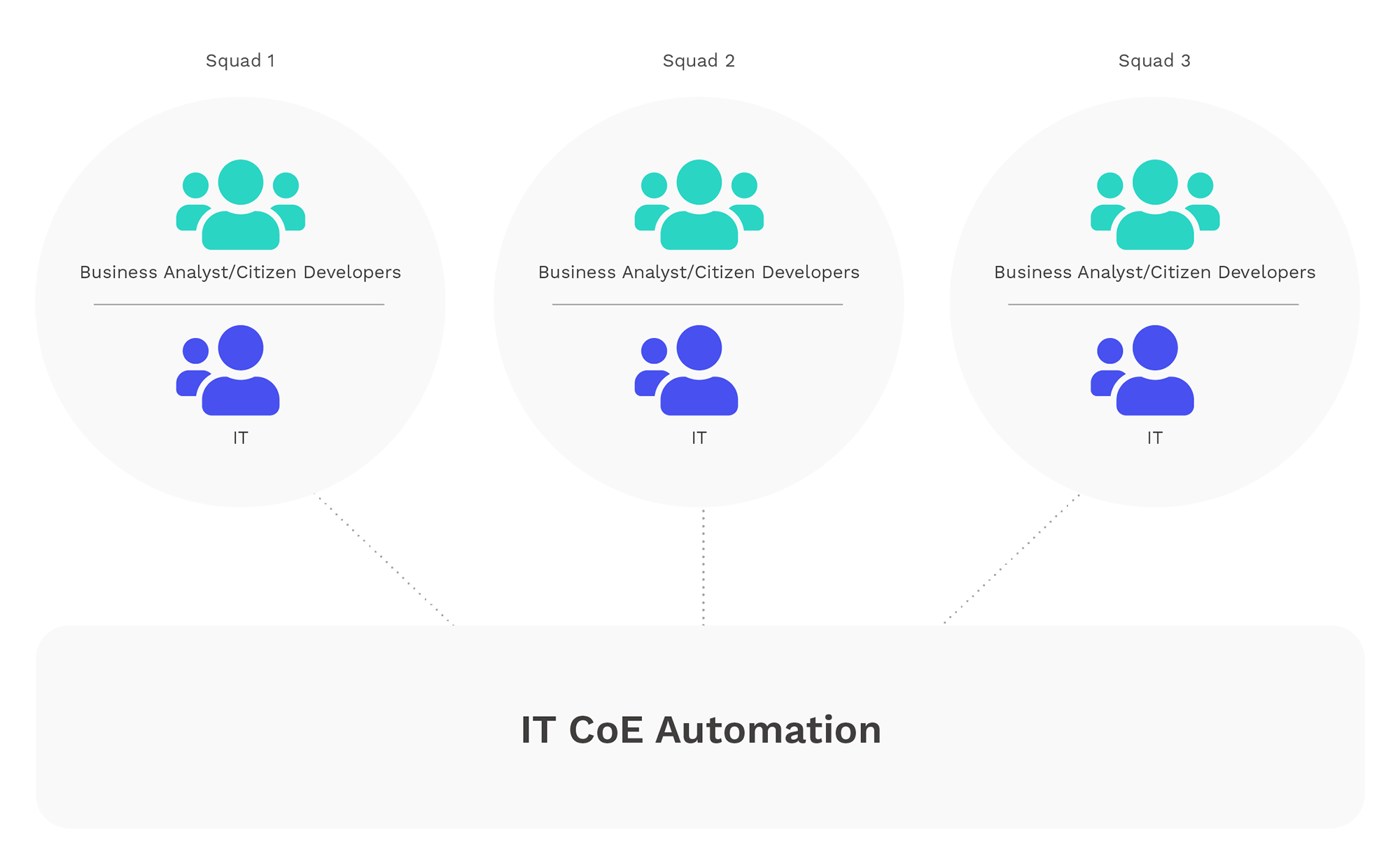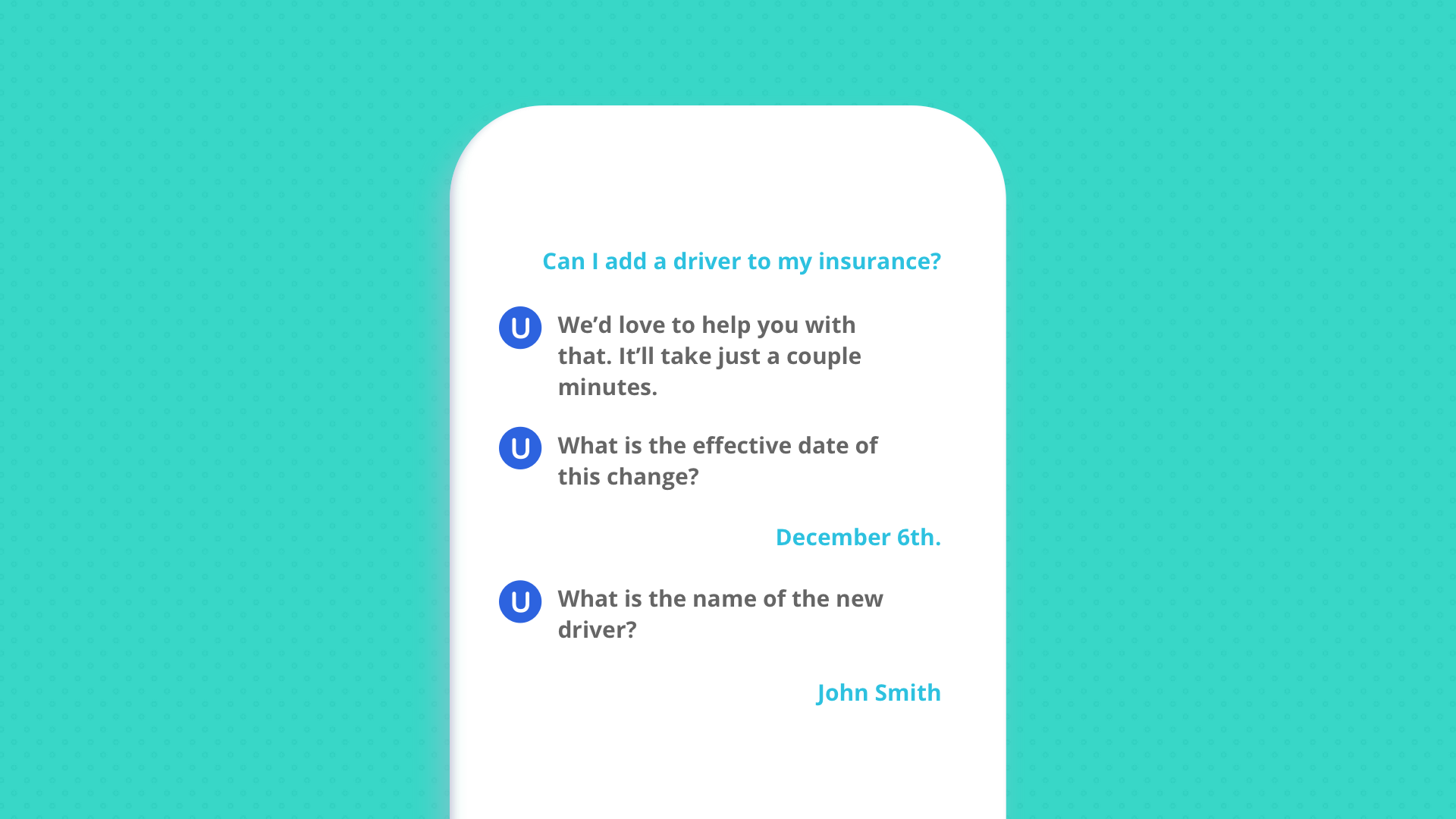
Buzzwords and jargon abound when it comes to enterprise technology. Remember synergy? How about big data? No-code automation and citizen developers may seem equally amorphous at first blush.
How does no-code automation actually work, in real-life? Has it actually accelerated enterprise-scale development? On August 26, 2020, Ushur and two leading insurance providers who use its eponymous platform set out to find concrete answers to these questions during a live webinar and panel discussion hosted by Vandana Rao, VP of Customer Success.
Unum Group and Tower Insurance are leaders in their respective lines of business, providing diverse and comprehensive coverage and services to their clients. However, as insurance providers, they address completely different markets and their corporate histories, services, and strategies contrast sharply. Unum is a Fortune 500 global disability, life, and financial protection insurer. Tower Insurance is a medium-sized, digital challenger brand serving customers in New Zealand and the Pacific Islands.

What they do share is a keen sense of opportunity and urgency. Both enterprises are primed for these unprecedented times, successfully transforming how they do business by streamlining their teams for agility, accelerating growth, and completing their digital transformation journeys, by leveraging Ushur’s AI and no-code automation tools.
The panel format invited lively discussions among Rao and the panelists, Preetha Sekharan of Unum, and Miles Fordyce and Daniel Maconaghie of Tower. Sekharan, Head of Digital Incubator, brought her insight as an IT strategy and digital transformation leader at a mammoth enterprise. Fordyce, Head of Platforms, spoke to his broad background across a range of industries, including retail, logistics, and financial services. With Maconaghie, the IT integration and development lead at Tower, he detailed how Tower’s nimble brand was harnessing agile techniques and automation expertise to drive development and customer engagement.
Judging by the commentary and questions in the Q&A section, the audience was hungry for answers, and the panelists did not disappoint.
As Agile methodologies and no-code/low-code automation have proliferated to non-technical teams, so too has the idea of the citizen developer. Citizen developer is a team-agnostic term that highlights the trend of non-programming-focused teams using software tools and infrastructure to serve their needs (to learn more, read this comprehensive breakdown).
Sekharan was enthusiastic about the scalability and success of citizen developers. Within her own team, business users with no background in programming have been able to spin off full concepts after a few hours of demonstration.
The use cases are plentiful, and Sekharan feels that the deployment of business users as creators of complex workflow automations has been a win-win for both her team and IT, as they’ve become better partners.
“When I think ‘citizen developer’, I really think there are two challenges they solve [...]. IT resources are kind of at a premium - there is always more demand than supply. For me, ‘citizen developers’ are really people who may not be trained to program [...] with the right tools and a little training, now they can. And so that's really unleashing capacity across the overall organization. But almost more important than that is just the speed and agility,” Sekharan said.

And that speed and agility have been critical to keeping Unum and Tower on top in a highly competitive industry that has undergone seachanges with long-term shifts in customer expectations and options.
Imagine a Lego set, where each Lego is imbued with capabilities. The green Lego helps you fly. The yellow Lego keeps regenerating. The red Lego and blue Lego fuse to create a purple Lego that talks. This is the sort of fantastical Christmas set that kids dream up. Adults have made it a reality with no-code automation. In no-code automation, AI-imbued building blocks can be combined to create complex workflows and intelligent automations, without a lick of coding knowledge.
No-code automation has empowered business users in the guise of citizen developers to nimbly create and iterate new business tools, with guidance from IT departments that are rapidly becoming AI Centers of Excellence. And nowhere is this solution taking hold more dramatically than in the insurance industry.
Long recognizing that Tower Insurance’s viability as a challenger brand was dependent on its successful switch to digital outreach, Fordyce said that Tower, “had been driving very hard to be nimble [...] to position ourselves against large insurers [...] It’s about rapid deployment and that’s the space we want to play in.” Fordyce pointed out that Tower’s relatively small team and corporate structure was a boon when it came to quickly pivoting to an automation-centric approach.
In the midst of a global pandemic, Tower underwent a remote onboarding process with the Ushur platform, a testament to both the platform’s ease of deployment and the clear vision Fordyce had for Tower’s digital transformation. As Rao pointed out, the deployment took less than a month, in sharp contrast to other enterprise technology integrations that would often take the better part of a year.

Tower saw its investment in agility pay off almost immediately when a major storm in the Pacific left thousands of its New Zealand-based members scrambling. Tower’s business teams were able to quickly deploy self-designed solutions to collect critical information from customers over an omni-channel, two-way platform. This information was then used to fulfill claims, reducing risk and time to business significantly.
With customer touchpoints few and far between, ensuring a positive experience during a stressful event is exceptionally important for member retention. Tower’s speedy turnaround boosted member satisfaction and confidence, as measured by CSAT scores, demonstrating a very real-world ROI.
Sekharan, pushing innovation at a large multinational, has to consider very carefully the ability to implement across a vast number of organizations when evaluating a new technology or protocol.
“How do organizations code at scale when not everyone has the programming skills?” she posed rhetorically.
When it came to developing a series of member portals, she had to think long and hard about the most sustainable way to create these. After learning about Ushur’s drag and drop, yet highly differentiated platform, Unum Group decided against hiring an army of engineers to cobble together these custom portals. Aside from the price tag of training a new engineering team, the true cost in Sekharan’s mind lay in the time to deployment. Building a custom portal from scratch could take months, resulting in missed business opportunities.
With an AI-powered, no-code platform in their wheelhouse, Unum business teams could suddenly create complex and malleable journeys, supercharging the company’s solution development. More importantly, these teams could iterate in real-time. In today’s hyper-world, shortening the timeline from ideation to execution is an investment in sustainability and scalability, in Sekharan’s mind.
Even if you have strong engineering resources, she argued, creating an automation framework from scratch was resource-intensive, without a compelling pay-off. But with a ready-to-deploy platform like Ushur, a platform optimized for insurance, Sekharan knew she had a racehorse she could bet on.
For policyholders who deal with their insurance providers infrequently, the process can often be bewildering and frustrating, from long holds on the phone to multi-step sagas for filing, updating, or even checking a claim. Business users, who have a holistic sense of these members’ needs, can actually create journeys that speak efficiently and logically to policyholders.
For insurance members, this means highly personalized interactions and communications that are tailored to their priorities. It’s typically complex processes like First Notice of Loss (FNOL) that are now step-by-step workflows that members can fill out on their preferred digital device, when the toddler and puppy are safely asleep. It’s a blend of automated and human support that is optimized for a seamless journey. In short, members don’t hate their insurance.
For members, if dealing with their insurance company is facile, nondisruptive, and digital, it’s a win.
This smoothness is mirrored on the implementation side. As a technical lead, Maconaghie has been responsible for integrating the Ushur platform and using its no-code toolkit to train business users to create engagements.
On the ‘how’ of achieving this, Maconaghie and Fordyce believe that it starts with leadership buy-in from the get-go.

“In order for us to get the outcomes we’ve been striving towards [...], if you’ve got someone who lives and believes in what the product can do and how you can deliver value really fast to your customers [...] executive sponsorship is necessary to determine how we actually interact with customers - getting a differentiated way to reach them [...]. From there, it was figuring out the opportunities,” said Fordyce.
Equally important? The business subject matter experts (SME) on Maconaghie’s team who knew the business process and who were empowered to make decisions.
They started small, strictly defining their MVP (minimum viable product). The business SMEs would take a limited set of use cases and build around those. “The first thing we did was get the [Ushur automation] live as quickly as possible. We had to test the use case first, to prove it. And once we determined, ‘ok, this one’s working,’ we’d keep iterating on this,” Maconaghie said, noting that only then would he bring in his IT developers to help with more complex integrations.
Maconaghie feels that oftentimes, IT teams have long, multi-step plans that, while comprehensive, can slow implementation when bottlenecks arise. Leading with business users cum no-coders, he felt Tower benefited from a startup-like, lean approach, where IT and business teams were now collaborating and complementing each other.
Sekharan, coming from a much larger enterprise, asked Maconaghie how he circumvented the shadow IT debate that embroils some tech CIOs. His answer - the proof is in the pudding. He emphasized that getting security team-approval early on in the process was critical to moving fast and hard.
“We can iterate very quickly, proving our dataset first. One of the first things we used Ushur for was getting data from our customers. [...] From day one, we’ve trained our business users, and it’s paid dividends.”
For Unum, the first citizen developed-Ushur automations have come in the form of micro-engagements™ over digital channels like texting which have dramatically improved resource optimization.
“Our claims adjudicators used to call five or six times just to get a hold of a customer. Now, everything is happening on the backend. It’s a text message that goes out. The consumer has been very comfortable answering questions over text,” said Sekharan.
Unum is now starting to leverage Ushur’s Invisible App, its white-labeled, two-way direct communication channel that mimics an app-like experience without requiring a download. She has found the dynamism and security of the Invisible App, in addition to its no-code architecture, of high-value to creating branded, immersive member engagements.
One of Tower’s first critical challenges was how to deal with paper-based mailers and emails that would bounce back from customers and land in long queues, waiting for customer service representatives to sort through them.
“Maybe it’s a cancellation of their policy which adds risk. So we used the Invisible App and omnichannel workflow to gather data [...] we’d take that address data and pull it back into our systems [...]. [The platform] did a little bit of everything,” Maconaghie said. More importantly, Maconaghie reiterated that the entire process from onboarding to execution had happened in less than a month.
Of course, with such rapid development, there is a theoretical risk of too many siloed projects that overlap or don’t integrate well within the organizations’ overall mandates. Fordyce addressed this by pointing out that IT can build guardrails and create a governance structure. By having IT coordinate solutions delivered by citizen developers, the IT department itself could become an automation Center of Excellence, “bringing this together in a framework that allows our people to be super flexible.”

Consumer behavior is changing rapidly; the insurance industry’s insulation from change has been eroded by the rise of digital platforms and 24/7 access.
For these insurers, “stodgy” is NOT in their lexicon.
Embracing automation has allowed Unum and Tower to solve diverse, modern problems rapidly, improving policy-holder satisfaction, and reducing the risks and costs of business significantly.
As Rao underscored, “Unum and Tower have added capabilities without adding headcount.”
With low-code/no-code and citizen developers on the horizon, more leaders in the insurance space are adopting and adapting software ideology and project management to empower business users and rapidly accelerate automation development.

With business users in control of automation development via no-code builders, the ability to fill market niches on the fly and at scale is limitless. Learn more about the pitfalls and the successes on the path to digital transformation for insurance by watching this recorded Webinar.
Related Content
